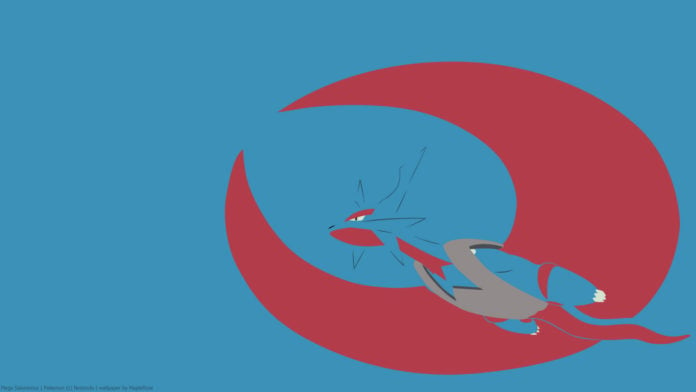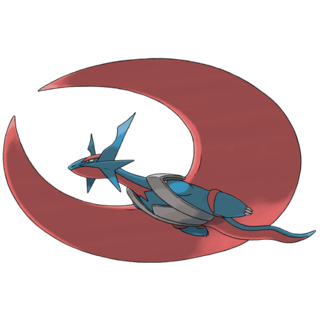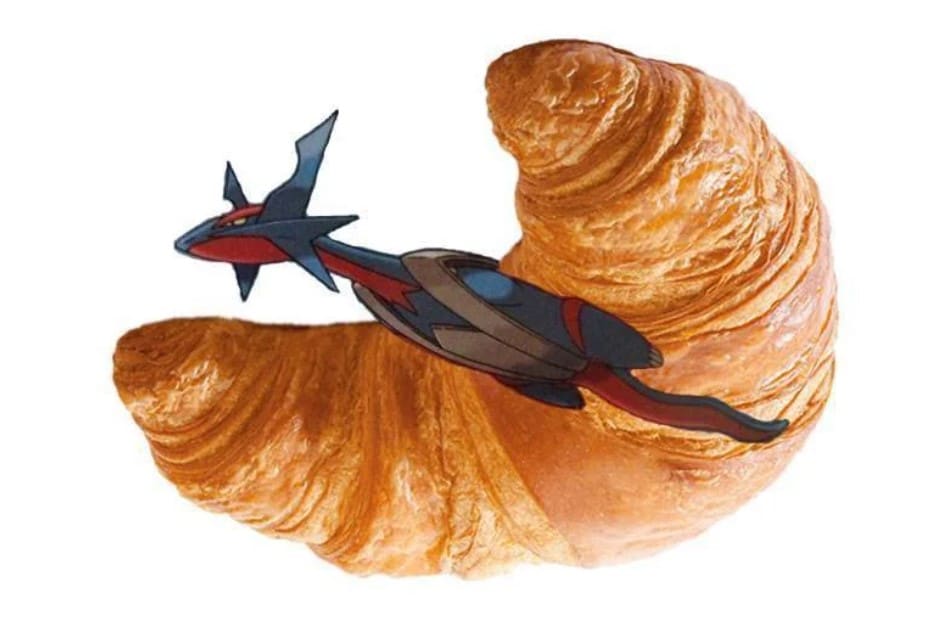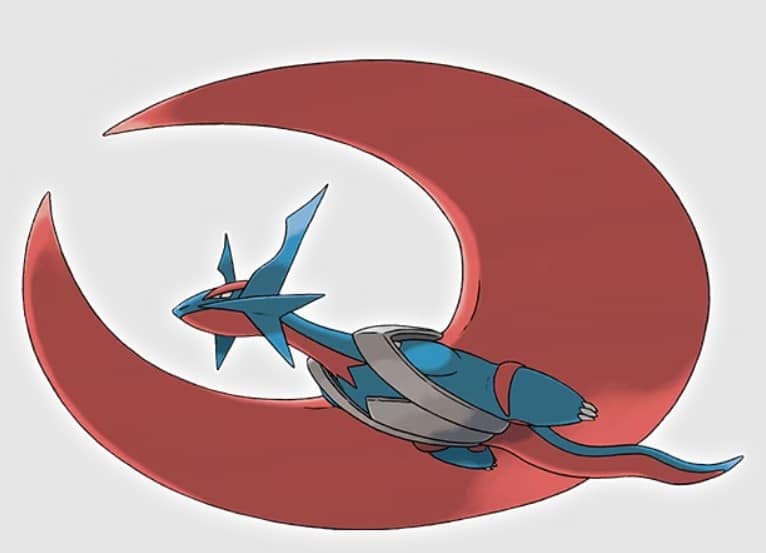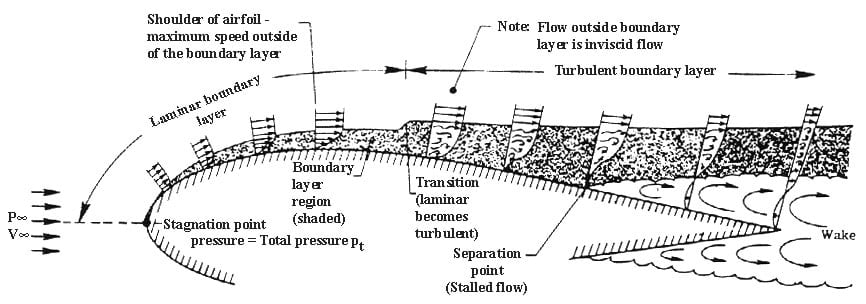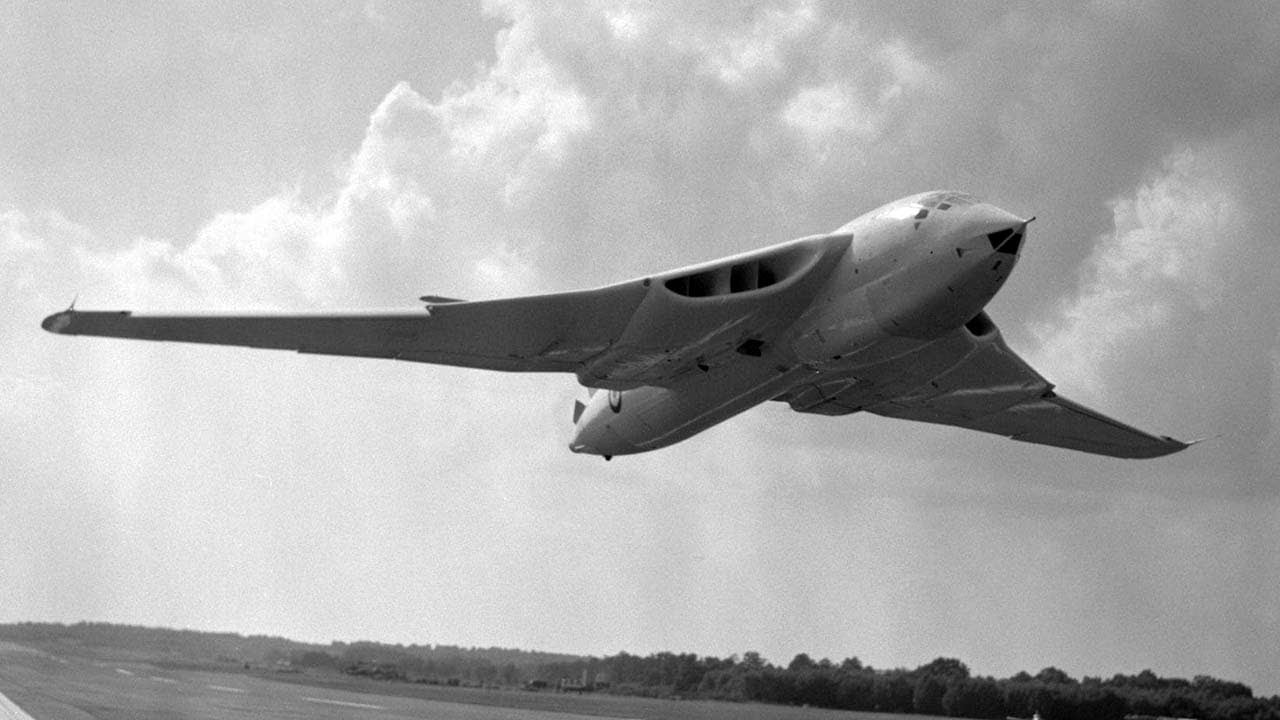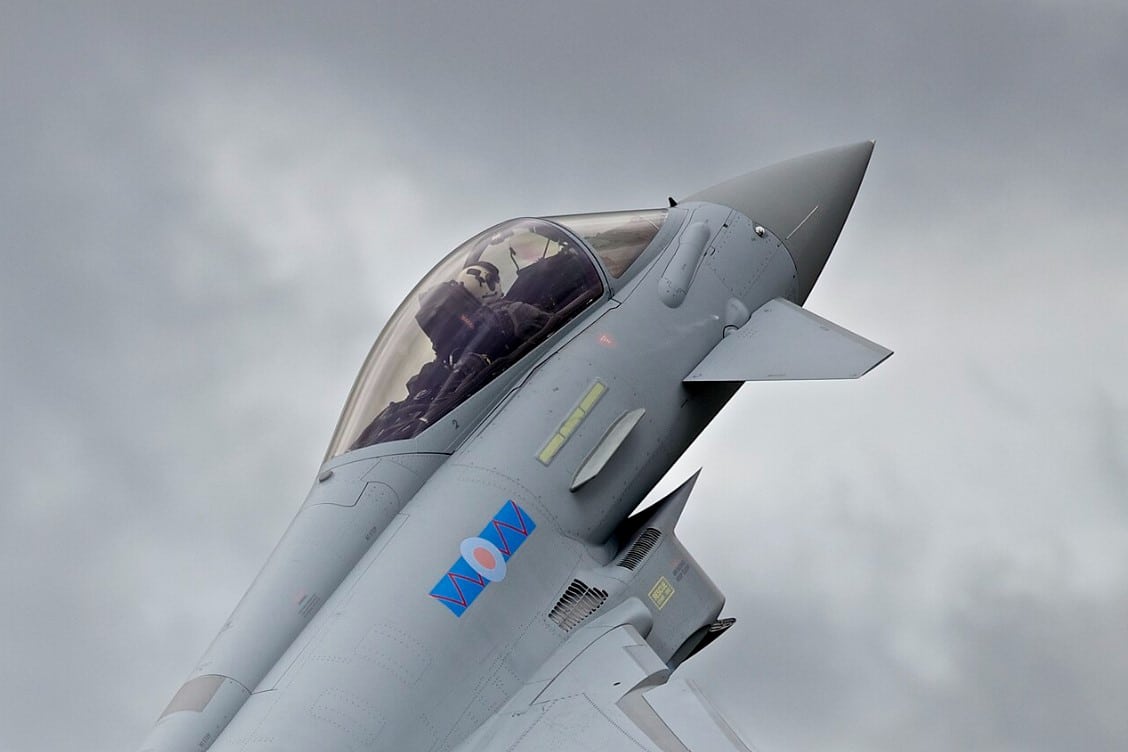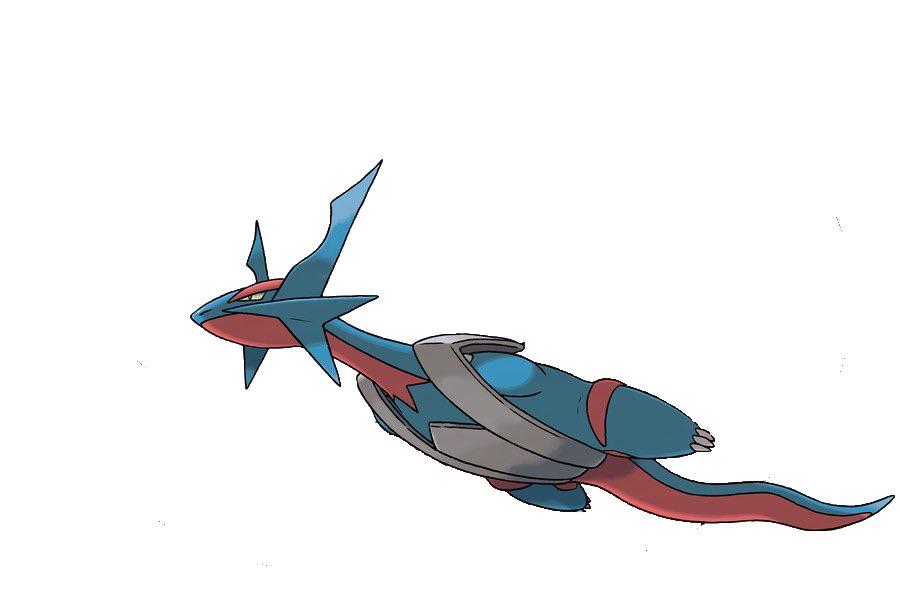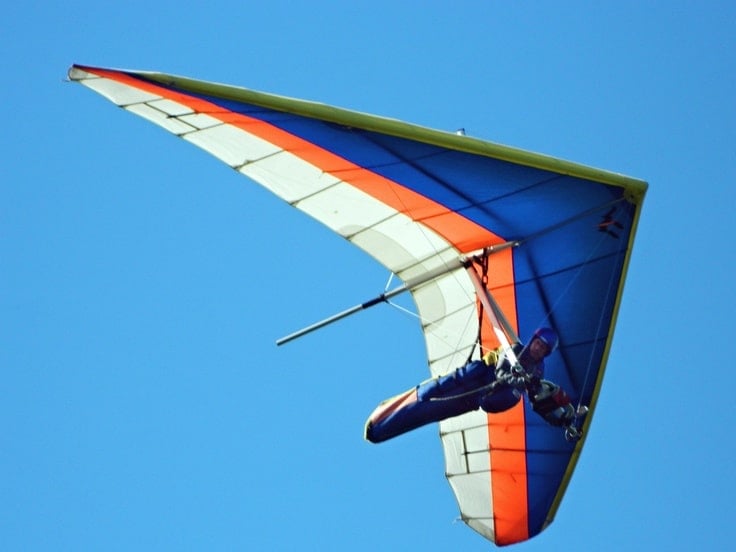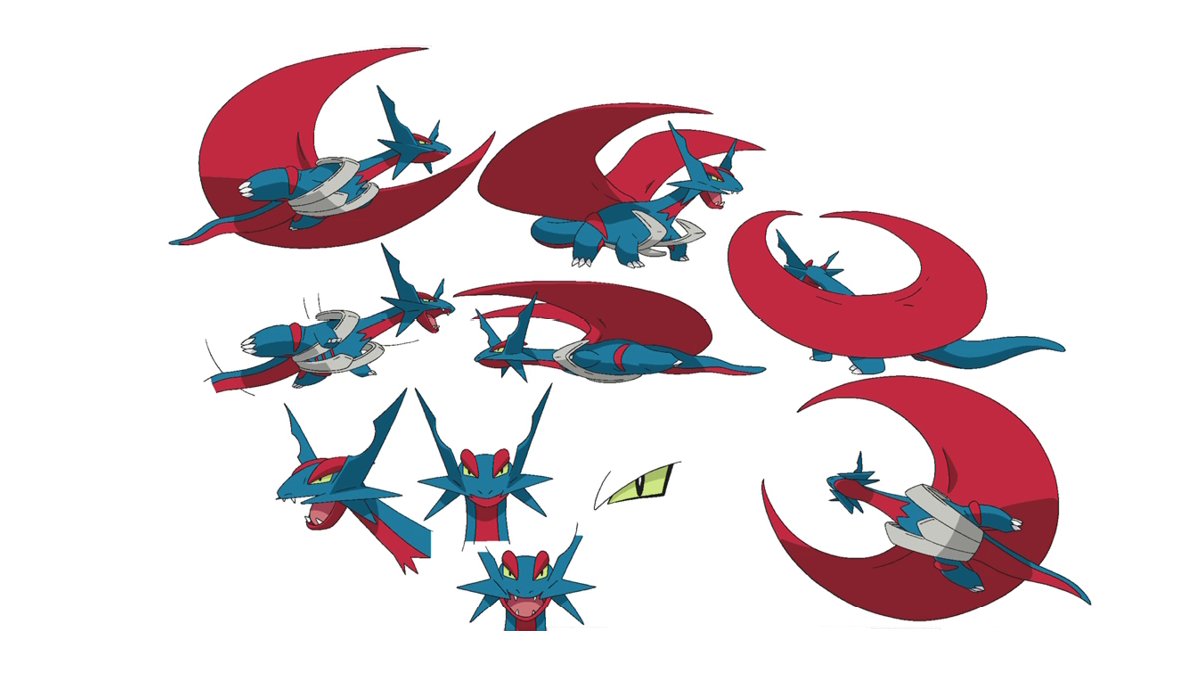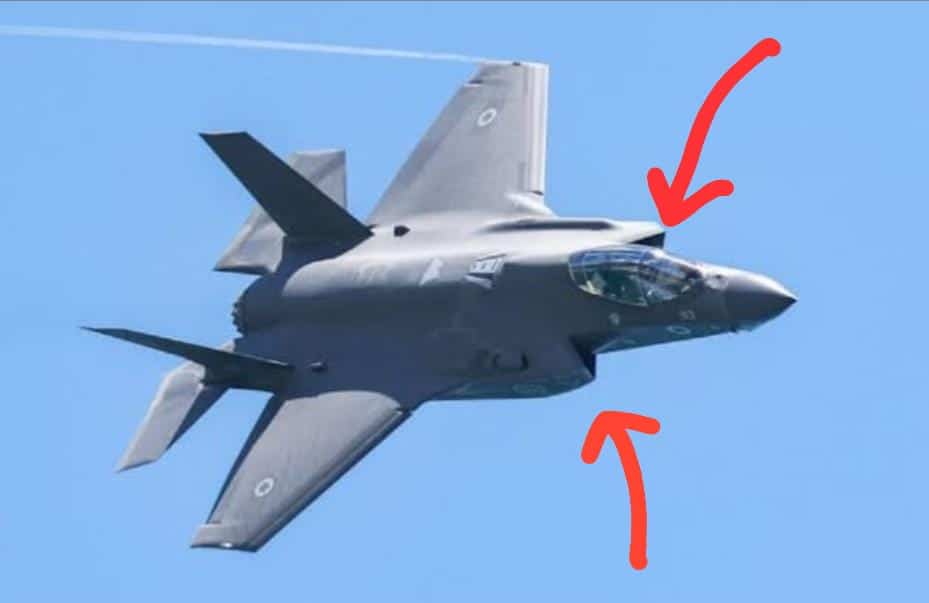With Bagon Community Day Classic, Pokémon GO players have another opportunity to add a powerful Salamence to their team, or collect Candy max out their Mega and/or Shadow ‘Mence.
The PvE dominance of any avatar of this Pseudo Legendary is well established, but if there’s one thing Salamence often gets ridiculed for (aside from its underwhelming PvP presence), it is the design.
But, I get that… Salamence is your typical western Dragon that could have easily fitted into the Harry Potter or Game of Thrones universe. There isn’t much going around in Salamence’s design, and it’s literally a poster child of a menacing dragon in a franchise where Dragon types include trees, apples, bridges, fluffy birds, and snails among other oddities.
That said, Mega Salamence takes design elements to another level altogether. While this powerful Mega gets chuckled at due to its infamous croissant wings, there’s a lot to it than you ever imagined.
So, I’ll put some respect into Mega Salamence’s name and show you why this is an aerodynamic monster that has so much thought behind its design. Let’s (sky)dive in!
It’s the Moon!
Right off the bat, Salamence has associations with the Moon, something that is reflected in the wings of its base form, more in Mega Salamence, and confirmed with the introduction of Paradox Pokemon Roaring Moon, which closely resembles Mega Salamence.
And, as we all know from science studied in school, the Moon exerts gravitational forces on the Earth, creating waves in the process. With Mega Salamence’s wing representing the Moon, how is ‘pulling’ waves relevant here?
That’s because SALAMENce is a salamander!
Salamander moving in waves
There has been extensive research on how salamanders move, and it’s been concluded that it resembles a sea wave.
And what causes sea waves in the first place? The Moon!
This translates to a metaphor of Mega Salamence’s crescent wing (the Moon) pulling Salamence (the salamander moving like a wave) forward. Brilliant touch, eh?
Yes, the real-world animal that moves like a wave (something created by the Moon) is the salamander, a semi-aquatic creature that, as per lore, can be the harbinger of rain and also withstand fire.
No wonder Salamence learns moves like Aqua Tail (its tail looks like a wave as well), Rain Dance, Hydro Pump, Sunny Day, Fire Blast, and Incinerate among others.
But wait… it’s all not just a metaphor.
Crescent wing
Well-known aerodynamicist Dr. Gustav Lachmann proposed an airplane wing shaped like a moon. While a perfect moon-shaped wing didn’t make the cut due to limitations on fuel storage, landing gear, and low efficiency at lower speeds at handling a huge aircraft, it still had tremendous aerodynamic perks.
Described as “undoubtedly the most efficient high-subsonic wing on any drawing board,” the wing offered superior performance in Mach speeds, that is, when teasing and then going beyond the speed of sound in air.
How does this work? When an air molecule comes in contact with the top of a moon-shaped wing, it has a smooth circular curvature which it happily treads along. Imagine a kid finding a nice slide, so obviously they go along the surface without worry.
But then, other kids (molecules) form a queue behind you and as a kid, you’re bound to get nervous when the slide goes on endlessly, and that’s when you literally face pressure to keep moving. With more and more air molecules gathering in smooth laminar layers on the surface of the wing, the first molecule keeps on getting more worried (air pressure) and finally has no choice but to give way to the others.
This is called boundary layer separation, and the better and smoother the aerodynamic curvature is, the boundary layer separation happens much later, with the object (Mega Salamence) facing lesser drag.
With a theoretically perfect moon-shaped wing, there’s no scope for this separation taking place as the molecules freely traverse all the way to the end of the moon-shaped wing, where the two layers of air starting from both tips of the wing collide, generating a force, and pushing Mega Salamence even more.
In real applications, a perfect moon-shaped wing obviously offers unmatched aerodynamic performance, but with the cons outweighing the pros, and a higher cost of manufacture, it was dropped.
But Mega Salamence is a Pokémon, duh, and it makes the crescent wing concept, supported by aerodynamic engineers in theory, a splendid reality.
Cruising ahead like a pro
Crescent wings look like this in reality:
With this shape being a departure from a wonderful moon-shaped wing, it leads to boundary layer separation at a certain point along the wing, leading to this:
Notice those weird things happening at the bag of the wing cross-section? Those are eddies and vortices, created from the sudden dissipation of waste energy at the point of separation. This causes low pressure and energy fluctuations that tend to slow down the airplane. So, aerodynamic designers always aim to create a wing cross-section (called airfoil) to minimize these eddies.
But, Mega Salamence forgot to give a damn and has an Insta-worthy moon-shaped wing that has little to no eddies and vortices, thanks to no boundary layer separation, making it the perfect flying machine that NASA could only dream of.
Oh, remember the major limitations to crescent wings having lower performance from carrying a big airplane? That’s the reason you’ll see that Mega Salamence is more compact and streamlined than a regular Salamence, to the point of appearing smaller (check this out in Pokémon Go!).
Canard
See those small wing-like attachments near the node of the fighter jet? That’s known as a canard and helps in balancing Mega Salamence in flight, giving it more stability and control over its motion.
If you’re trying to imagine how this helps in keeping balance, let me show you a simple example of how it works:
Canards function like outstretches arms, increasing your rotational inertia, and so, lowering your chances of falling off.
When cruising at high speeds and using its powerful type moves, its canards help in precise maneuvering, giving it utmost control.
What’s with the shell Mega Salamence tucks its arms into?
Possibly the biggest question on fans’ minds, why does Mega Salamence have virtually non-existent arms that it adorably tucks into its shell?
Hang Glider
Mega Salamence’s sleek and streamlined body basically fits into its crescent wing and shell, both working together like a hang glider, giving the Pokémon a joy ride across the sky.
This entire structure covers up most of Mega Salamence’s body, essentially minimizing vulnerable space and leaving only the head and tail exposed, with both having exceptional aerodynamic elements to pave the way for supreme flight mechanics.
Kite
Moreover, its body also ends up working like a kite, and as we all know, a high-quality kite won’t bend or get damaged even at high wind speeds.
So, Mega Salamence is quite ‘protected’ with its shell and wings. How does this show in Pokémon battles now?
Mega Salamence has significantly increased bulk, with greater defenses to boot!
But why does Mega Salamence tuck in its arms?
The shell on Mega Salamence offers some space for Mega Salamence to put its arms into, preventing it from being exposed to air during flight, and being safely tucked behind a shell to reduce drag from the fast-flowing wind.
See how the shell gives ample space near the shoulders to put its legs into?
This actually happens in fighter jets as well!
Lockheed Martin F-35 Fighter Jet
This part is again shaped in a way to ensure a smooth flow of air around the surface, and with lesser eddies being generated, there’s lower drag from behind, helping Mega Salamence fly to its heart’s content!
This shell is retractable and flexible, giving Mega Salamence more room for advanced maneuvers and moves that it salvages with its ability Aerilate, turning even Normal moves into type OHKOs.
It also has glowing streaks near its stomach, which is its control mechanism for the shell and wings, reinforcing draconic and Mega Energy for extreme flight.
Mega Salamence is truly the epitome of a killing machine complemented with an incredible Dragon typing making it one of the most iconic Pokémon in the franchise.
Its design may seem awkward to most fans, but it has jaw-dropping elements jam-packed into one terrifying monster you should have on your side!
I hope you now see Mega Salamence in a new light. If you love reading articles like this, be sure to check out my other design, science, and lore pieces:
Dialga & Palkia Origin | Garchomp | Baxcalibur | Hydreigon | Zygarde| Druddigon | Drampa | Enamorus
Until next, all the best and have fun, trainers!
Dracarys

